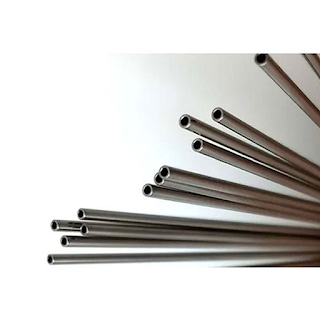How Does a Cable Boring Machine Cable?

Boring Machine Cable Understanding Boring Machine Cables In the world of heavy machinery and construction, the term " boring machine cable " might not immediately ring a bell for everyone. However, these cables play a crucial role in the operation of boring machines, which are essential in various industries such as mining, construction, and infrastructure development. In this comprehensive guide, we will delve into the depths of what exactly a boring machine cable is, its significance, and its applications. What are Boring Machine Cables? Boring machine cables, also known as tunnel boring machine cables or simply TBM cables, are specialized cables designed to withstand the rigorous conditions encountered in underground drilling and boring operations. These cables are constructed with durability and reliability in mind, as they must endure harsh environments such as extreme temperatures, moisture, abrasion, and mechanical stress. The Importance of Boring Machine Cables Borin...









